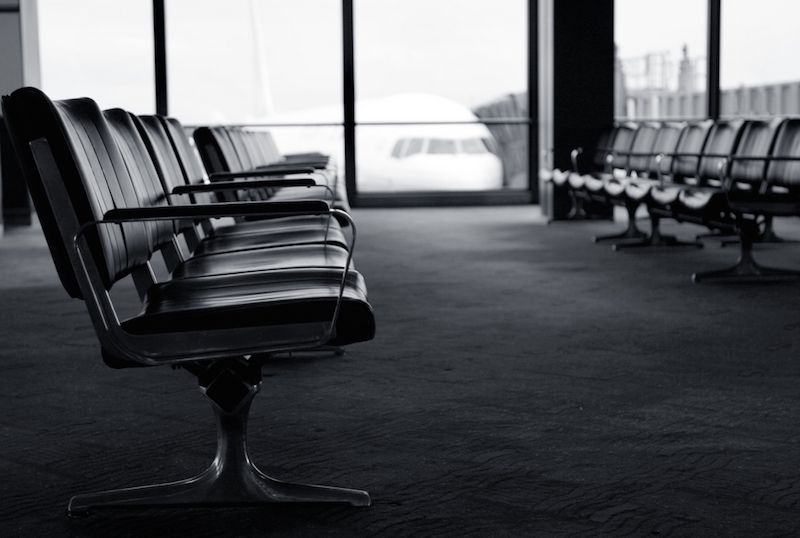
Dan Upham, writer and editor at Environmental Defense Fund contributed this article to Live Science's Expert Voices: Op-Ed & Insights.
This summer, some 222 million Americans will take to the skies, according to industry trade group Airlines for America — a record high, to say nothing of how many packets of peanuts that represents.
While business and leisure pursuits often necessitate air travel, those trips aren't friendly to the skies. In June, a proposed "endangerment finding" by the U.S. Environmental Protection Agency (EPA) noted that carbon pollution from airplanes creates risks to the public's health and welfare. What's more, aircraft emissions — the largest unregulated source of carbon pollution in the transportation sector — stand to jeopardize the health of the entire aviation industry. In fact, airports and airlines are contributing to, and suffering from, a number of climate change impacts that could make oversold flights and checked baggage fees seem like a walk in the park.
1. Damaged airport runways
Heat or flooding can make airports inoperable. When temperatures soar toward 100 degrees Fahrenheit (30 degrees Celsius), tarmacs have been known to get soft, and the wheels of planes can get stuck. Many airports are also located in flat, coastal areas or in vulnerable floodplains where extreme storms can flood runways.
2. Health issues for airport workers
High temperatures on the tarmac can lead to heat stress and other disorders associated with extreme working conditions.
Sign up for the Live Science daily newsletter now
Get the world’s most fascinating discoveries delivered straight to your inbox.
3. Airport operations stymied by bad weather
In 2014, the brutal winter in parts of the United States led to the highest number of flight cancellations in a quarter century. Tens of thousands of travelers were stranded. Expect more bad winter weather and inconvenience for passengers in the years ahead: Scientists say climate change will likely bring more and increasingly intensive storms to northern United States, among other regions.

4. Rising costs amid more frequent storms
Not even large airport terminals can withstand the extreme storms occuring in a warming climate. The Lambert Airport in St. Louis was damaged twice by tornadoes in just two years.
Indeed, you don't have to look far for evidence of this climate-related aviation chaos in action.
Hurricane Sandy caused the cancellation of nearly 20,000 flights in the New York area and cost the airline industry nearly $190 million in earnings, as reported in the Airline Biz Blog in the Dallas Morning News. A case study by the U.S. Federal Aviation Administration reported $29 million in damage to federal air navigation systems.
These are expensive impacts borne not only by the airlines, but also by the cities that own the airports, associated businesses and the public at large.
The airline industry has a vested interest in the fight against climate change. It's in the airlines' own best interest — and the best interest of the public they serve — to support tough limits on carbon pollution.
That puts the spotlight on the International Civil Aviation Organization, the Montreal-based agency that sets standards for the industry worldwide. It has pledged to finalize, by September 2016, a global market-based measure to cap and cut carbon pollution from international aviation.
It's time to get that solution ready for takeoff.
Follow all of the Expert Voices issues and debates — and become part of the discussion — on Facebook, Twitter and Google+. The views expressed are those of the author and do not necessarily reflect the views of the publisher. This version of the article was originally published on Live Science.













